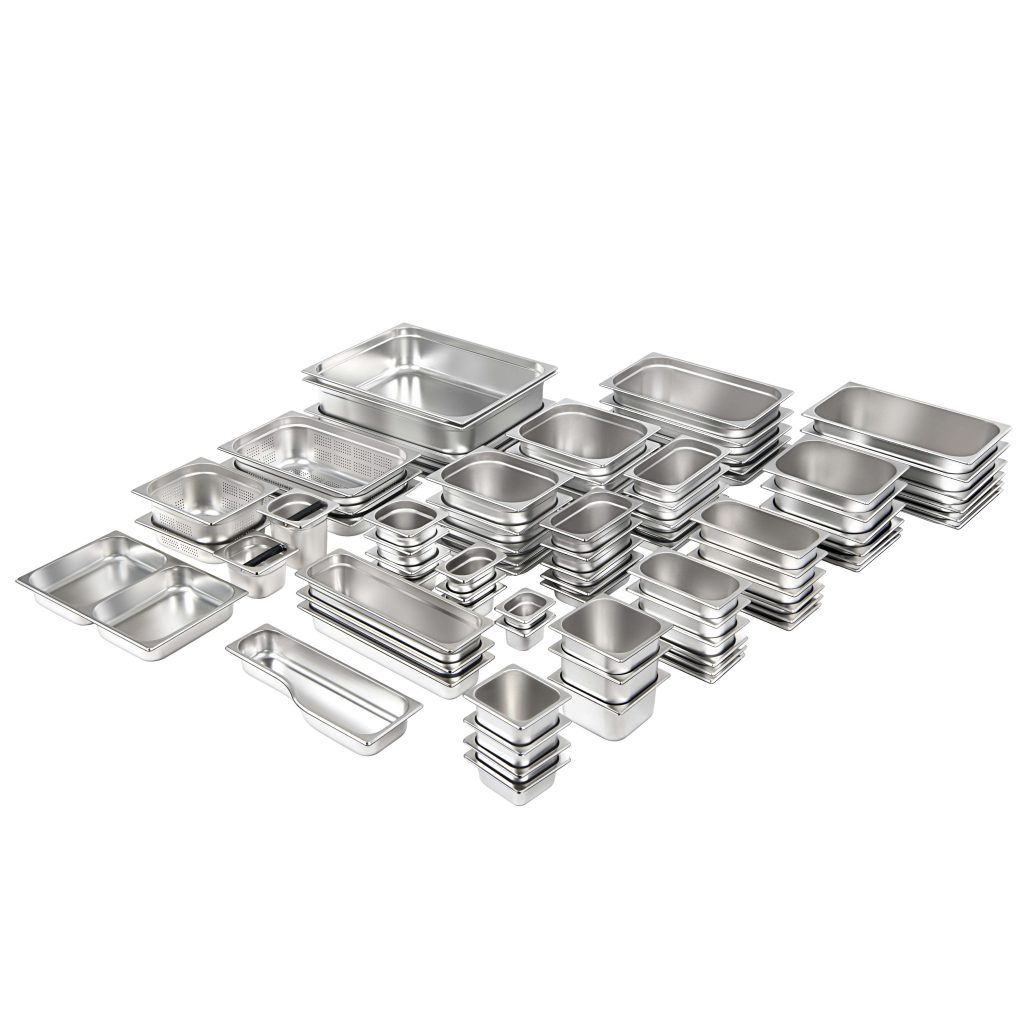Differences between SS201 and SS304
Composition Differences
Composition plays a vital role in determining the properties and performance of stainless steel.201 and 304 stainless steel are both alloys, but with different compositions.
Starting with 201 stainless steel, it consists of about 16-18% chromium, 3.5-5.5% nickel and a small amount of manganese. This composition gives it good corrosion resistance and high tensile strength.
On the other hand, 304 stainless steel contains about 18-20% chromium and up to about 10-12% nickel. It also contains small amounts of elements such as manganese and silicon. The higher chromium content in its composition provides excellent corrosion resistance even in harsh environments.
The difference in nickel content between these two grades significantly affects their performance. While both offer satisfactory corrosion resistance, the higher nickel content in 304 stainless steel makes it more resistant to losing its luster or rusting than 201 stainless steel.
In addition, the presence of manganese improves the formability of both alloys compared to some other types of stainless steel. This can be advantageous when forming or welding them into shapes required for specific applications.
While both grades contain chromium for improved corrosion resistance, their different compositions (especially variations in nickel content) give each alloy unique properties that make them suitable for different uses in various industries.
Cost Differences
An important factor to consider when comparing 201 and 304 stainless steel is the cost difference. While both types offer excellent corrosion resistance and durability, there is a significant price difference between them.
The cost of stainless steel is affected by a variety of factors, including availability, market demand, and production processes. In general, 304 stainless steel tends to be more expensive than 201 stainless steel.
The higher cost of 304 stainless steel can be attributed to its higher nickel content. Nickel is an expensive alloying element that enhances the overall corrosion resistance of stainless steel. On the other hand, 201 stainless steel contains less nickel and relies on manganese to provide corrosion resistance.
Additionally, the manufacturing processes used to produce both grades affect their respective costs. 304 stainless steel production involves additional steps, such as annealing (a heat treatment process), which can increase its overall cost.
It is important to note that while 304 may have a higher initial cost compared to 201, it typically provides better long-term value due to its superior performance and longevity in corrosive environments.
The Conclusion
In terms of composition, 304 stainless steel contains more chromium and nickel than 201 stainless steel. The higher levels of these elements give 304 stainless steel excellent corrosion resistance in a variety of environments, making it ideal for applications where durability is critical.
As far as cost considerations are concerned, in general, 201 stainless steel tends to be more affordable when compared to higher grade 304 options. However, prices may vary depending on factors such as market conditions and availability.
Choosing between these two types of stainless steel depends on your specific requirements and priorities. If you need excellent corrosion resistance in harsh environments, or if your application requires high strength properties – then investing in 304 stainless steel may be worth considering, albeit at a higher upfront cost.
On the other hand, if you’re on a tight budget or need moderate corrosion resistance in milder environments – opting for the more economical choice of using 201 stainless steel may be a practical choice without too much of an impact on performance.
Before making a final decision on which type of stainless steel is best suited to your application requirements, it is important to consult with us so that we can provide tailored advice based on your project needs. Know more.


